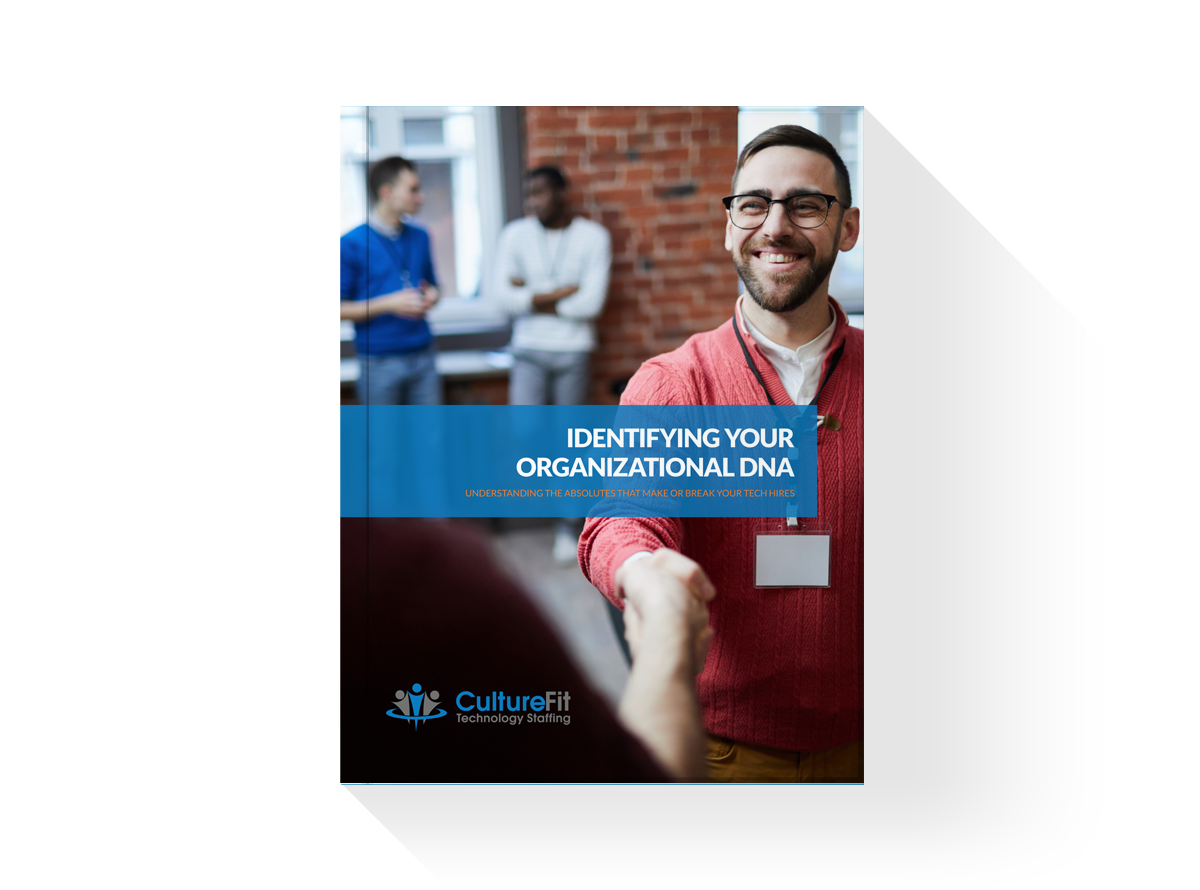2017 Tech Trends: Interconnection Between People and the Digital World (Part 2)
In our last blog, we discussed how the growth in spending for IT has not slowed over the past several years. In fact, investment in IT has grown year over year, with expenditures in technology estimated to increase another 7.2% in 2017. To gain a competitive edge, new innovative ideas are needed to help separate your company from the competition. This is precisely the reason why businesses must always be forward looking, and embrace the emerging tech trends that will enable them to grow their share in the marketplace.
Gartner Research has recently released its list of emerging tech trends for 2017, dividing them into three main themes: Intelligent, Digital, and Mesh. We have previously discussed the theme of Intelligent, where AI and machines have created intelligent systems that can learn, adapt and act in a way where human intervention and manipulation can be minimized I many cases. In this article, we will focus on the Digital theme, and discuss the 3 tech trends associated with it:
Our New Digital World Is Rapidly Changing
Where the physical world ends and the digital world begins has become even more confusing. Things created digitally now resemble the look of the physical world, which in turn makes our physical world look like a digital representation. This is a prime opportunity for digital businesses to create new business models to take advantage of this changing landscape.
Trend #1: Virtual Reality and Augmented Reality
Virtual reality (VR) and augmented reality (AR) are transforming the way we interact with each other and with those very software systems that are creating an immersive environment which we can use for both business and pleasure. We can use both technologies to train personnel in a home environment without having to incur the cost of travel to onsite training facilities. Personally, you are now able to fly over the Grand Canyon without leaving your living room, all thanks to VR and AR. Soon, VR and AR will expand beyond the visual/hearing only aspect to include all the other human senses (smell, taste and touch).
Trend #2: Using Digital Twins
Over the next few years, billions of things will be represented by what is called digital twins, which are complex software models of a physical thing or system. Digital twins can be used to analyze complicated data and simulate real world conditions, respond immediately to changes, and greatly improve operations and add value to a process. Digital twins will become co-equals to highly skilled individuals in the workforce (e.g., technicians), and can fill in seamlessly in their absence. They will also replace traditional monitoring devices and controls (e.g., temperature gauges) to aid in analyzing a situation and correcting a malfunction without human intervention.
Trend #3: Blockchaining
A blockchain is a type of distributed ledger, composed of unchangeable, digitally recorded data in packages called blocks. These digitally recorded blocks of data are stored in a linear chain. Each block in the chain contains data (e.g. bitcoin transaction), and each block draws upon the previous-block, ensuring all data in the overall “blockchain” has not been tampered with and remains unchanged. This adds trust to untrusted environments, and reduces business discord by providing transparent access to the information in the chain. This is still a new technology, and many years of testing and perfecting still lies ahead.
In the final blog of this series, we will discuss the Mesh theme in Gartner’s 2017 trends in Technology, as well as the trends in our local Chicago area market as observed by CultureFit’s Staffing Director and Principle Partner Eric Edelsberg. For more information on the trends discussed above, or if you are an IT expert looking to advance your career, talk to one of our IT Staffing Professionals at CultureFit.


